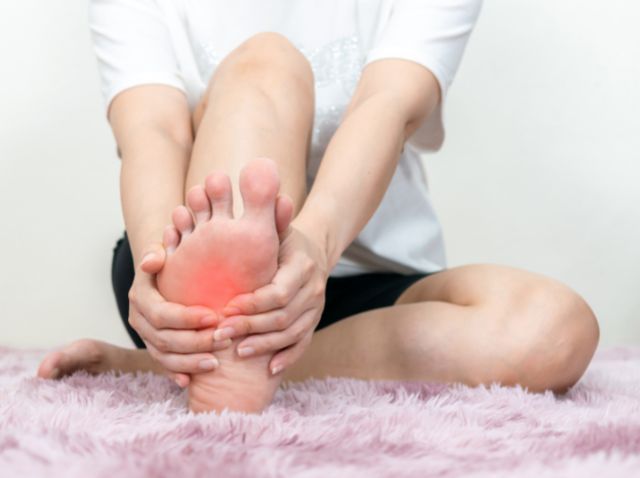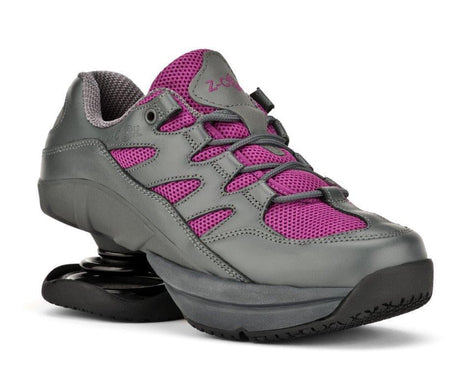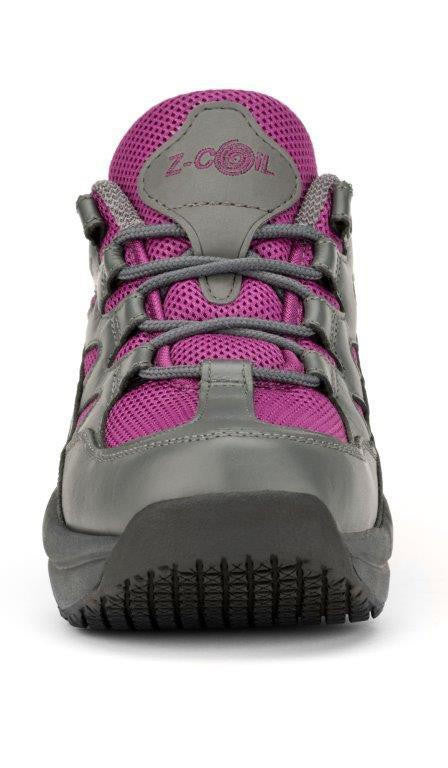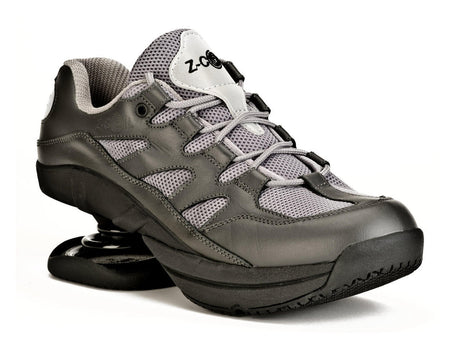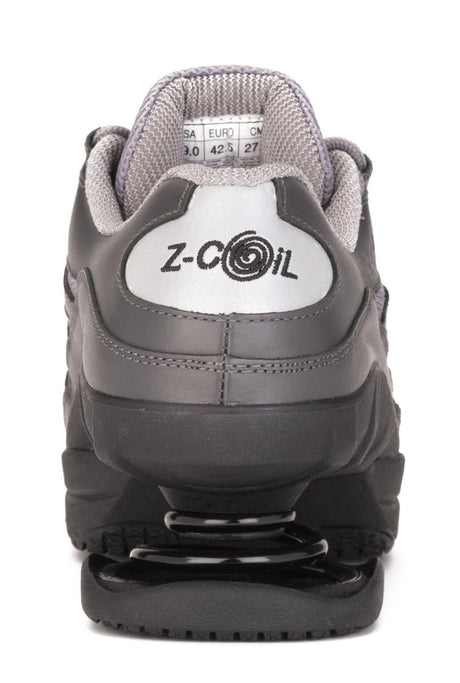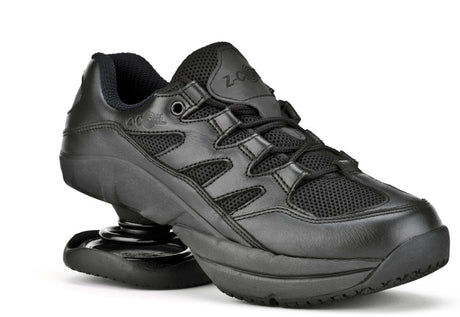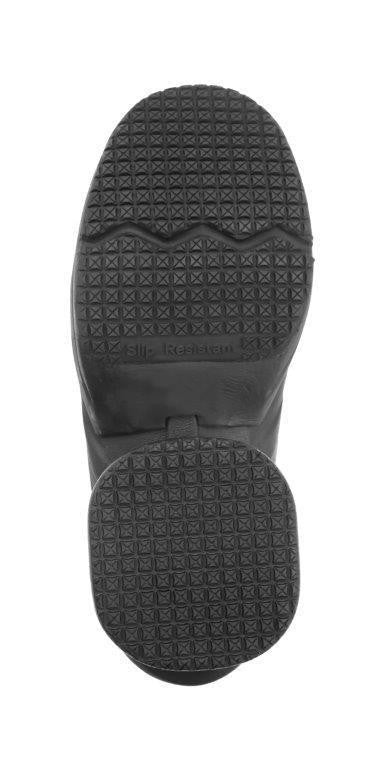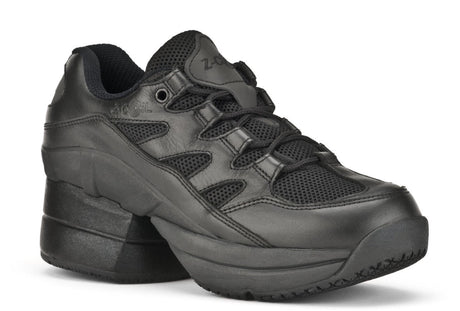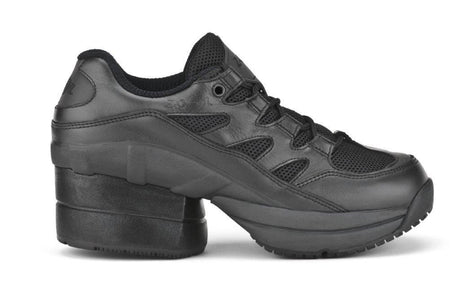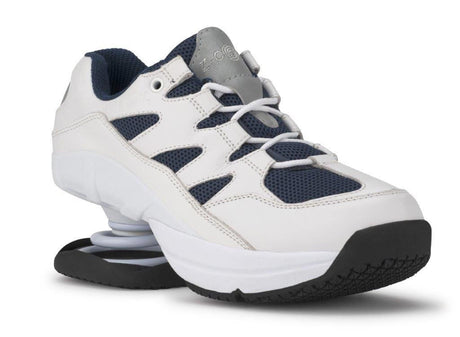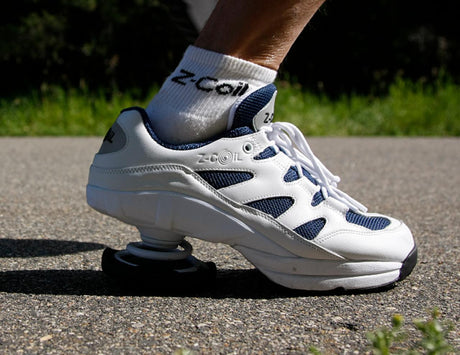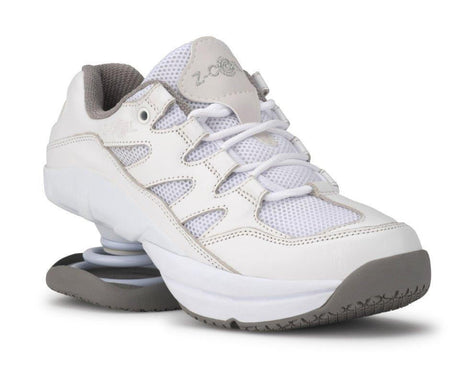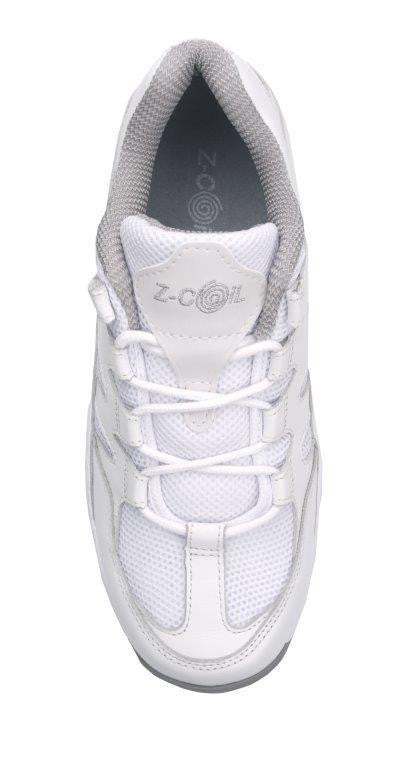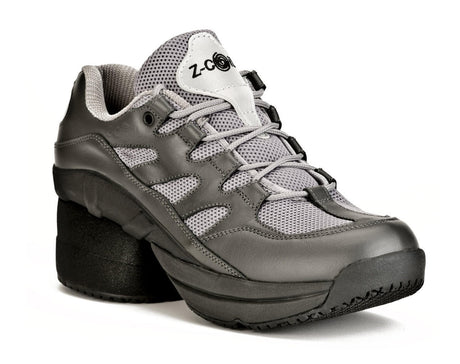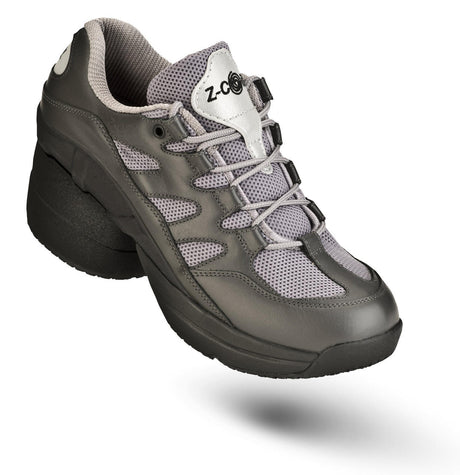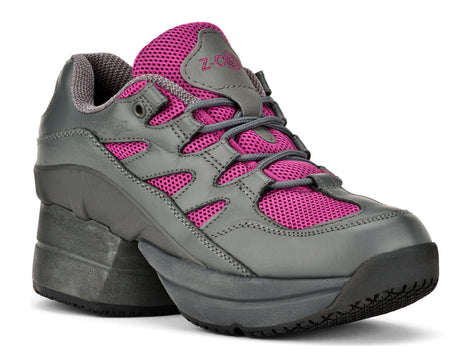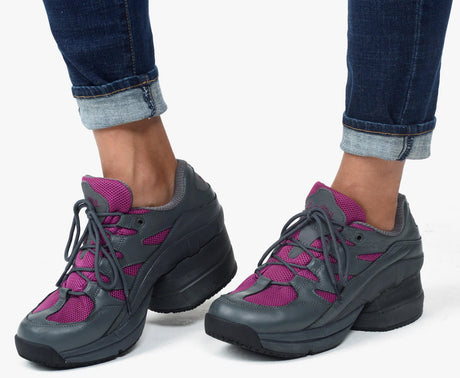Plantar fasciitis charts as one of the most common causes of heel pain. It occurs when the tissue between your heel bone and toes becomes inflamed, causing sharp, jolting pain when on your feet. Despite its regular occurrence and unique name, plantar fasciitis still remains a mystery to the general population.
Some people hear “plantar fasciitis” and think it’s a life-threatening disease or assume it’s an irreversible ailment. Like with many medical diagnoses, it sparks numerous misconceptions, theories, and concerns. Here’s a breakdown of three of the most common misconceptions about plantar fasciitis and its truth.
You Can Treat Plantar Fasciitis With NSAIDs
Non-steroidal anti-inflammatory drugs (NSAIDs) are a majority of people’s quick fix. Like a bandage, they provide a fast and simple solution to countless afflictions, from headaches and tummy upsets to fevers and various other symptoms. As a form of inflammation, taking NSAIDS for plantar fasciitis makes sense. However, it provides only a temporary fix.
Ibuprofen, Advil, and other general over-the-counter anti-inflammatories mainly function as a means to minimize pain. However, it’s a misconception that you can rely on only NSAIDs to treat plantar fasciitis. It takes more than swallowing a pain reliever.
Only People With Flat Feet Get Plantar Fasciitis
Flat feet consist of a structural design that lacks an arch, hence their alternative name, “fallen arches.” Despite the fact that the arches are not as high as those of other feet, flat feet are normally are no more problematic than other feet, and they’re not more or less likely to endure plantar fasciitis. Because there is less arch, however, flat feet can have less suspension or bounce, which normal arches use as a means of reducing impact.
Many assume that only those with flat feet get plantar fasciitis. However, even those with regular arches risk getting it. Plantar fasciitis occurs from overexerting your arch or area between your toes and heels. Although arches create buoyancy, too much and repetitive exertion bypasses the arch’s design. Anyone that overworks their feet repetitively risk getting plantar fasciitis.
You’ll Heal Faster if You Stay off Your Feet
Although rest offers numerous physical and mental benefits, relying only on it leads to counteractive effects. Many like to think that the longer you kick back and relax, the faster you’ll heal, but too much rest can cause muscle degradation, making the problem worse and increasing your chances of getting plantar fasciitis.
Regular stretching and physical therapy quicken your recovery. They strengthen nearby muscles, stretch the area, and get your blood circulating to boost your natural healing process. Some rest helps you heal, but it isn’t the miracle solution. Pairing your rest with regular physical therapy helps get your feet back in optimal condition. Make sure to try out one of our men’s and women’s sneakers for plantar fasciitis to ensure your feet stay protected and well supported as you train for recovery.
Understanding the truth behind the most common plantar fasciitis misconceptions better prepares you for when you find yourself with an aching heel. Avoid falling into misapprehensions, and keep your feet safe and pain-free.
In summary, to avoid plantar fasciitis, you need a shoe or insole that is rigid from the ball of the foot to the heel to support your plantar ligaments. This rigid platform is often called an orthotic. Some shoes, such as Z-CoiL Footwear’s, have the orthotic built into the shoe structure; they’re very good at relieving and preventing plantar fasciitis.

